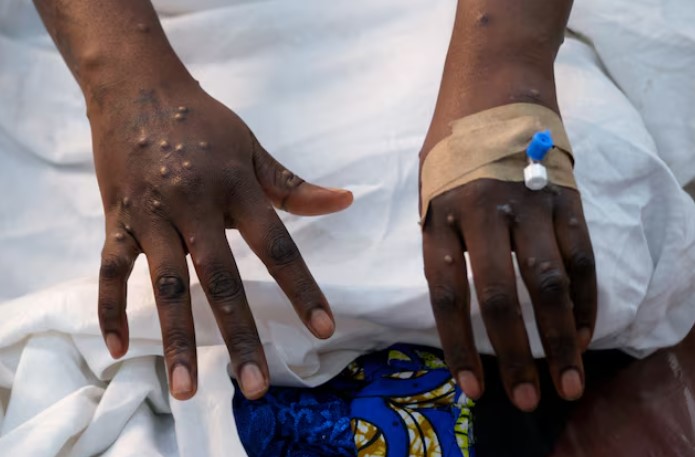Mpox outbreak: What you need to know to stay safe

Mpox, once seen as a distant threat by many Kenyans, has now spread to about 22 counties, with over 300 reported infections and five deaths since the first case was identified in 2024.
Although often considered mild, the virus has the potential to cause significant fatalities if proper precautions are not taken. Initially confined to border regions, mpox is now spreading into communities, with counties such as Nairobi, Kakamega, Kericho and Machakos among those affected.
The growing wave of mpox infections poses an increasing risk to Kenya, as delayed vaccination efforts and overstretched healthcare systems leave vulnerable populations exposed. With cases emerging along major transport routes and spilling into densely populated areas, health experts warn that the outbreak could escalate into a full-blown epidemic if not swiftly contained.
Mpox Clade Ib
Mpox Clade Ib, the strain currently spreading in Kenya, is more serious than many people think. Experts estimate that about one in every 100 people infected with Clade Ib could die, especially if they don’t get proper medical care and have other underlying conditions.
Clade Ib spreading in Kenya causes more severe illness than the milder forms of mpox. People infected can develop painful skin lesions, fever, fatigue, and in some cases, serious complications. It spreads mainly through close contact, especially skin-to-skin, but can also be passed through contaminated items like clothing or bedding.
According to the World Health Organisation (WHO), mpox is now spreading within communities in Kenya, not just through travellers such as truck drivers and sex workers transiting between regions.
The virus is transmitted mainly through close contact, such as touching skin lesions, sexual intercourse, or breathing close to someone with respiratory droplets. It can also survive briefly on clothes or bedding.
In the early stages – when a person experiences fever, fatigue, and swollen lymph nodes – they may already be capable of spreading the virus, though this risk increases significantly once the skin lesions or rashes develop. The rash stage is considered the most infectious period, as the virus is present in the lesions and can be transmitted through direct contact, shared items, or close physical interaction.
Evidence suggests that mpox has an incubation window in which it has the potential to spread unnoticed. The incubation period can last between five and 21 days. During this time, individuals may feel healthy and show no signs of illness. When symptoms do begin, they often resemble common flu – fever, fatigue, muscle aches, and swollen lymph nodes – making early detection difficult.
Viral shedding, the process by which the virus begins to spread, can start even before the skin rashes appear. As such, by the time the classic skin lesions develop – the stage at which mpox becomes most contagious, the virus may have already passed through households, transport corridors, or close community circles.
Stigma
Another challenge fueling the spread is stigma. Because mpox can be transmitted through intimate physical contact, including sexual contact, stigma, mirroring early public attitudes toward HIV/AIDS, discourages people from seeking medical help or disclosing symptoms, even when they suspect they might be infected. Busy transport routes, close living conditions, and limited access to testing further compound the issue.
According to the WHO, widespread misinformation and confusion are complicating public health responses. In many communities, the disease is being mistaken for other skin conditions – particularly scabies – due to similar symptoms like rashes or lesions. This confusion is especially prevalent in areas where scabies cases have also been reported.





